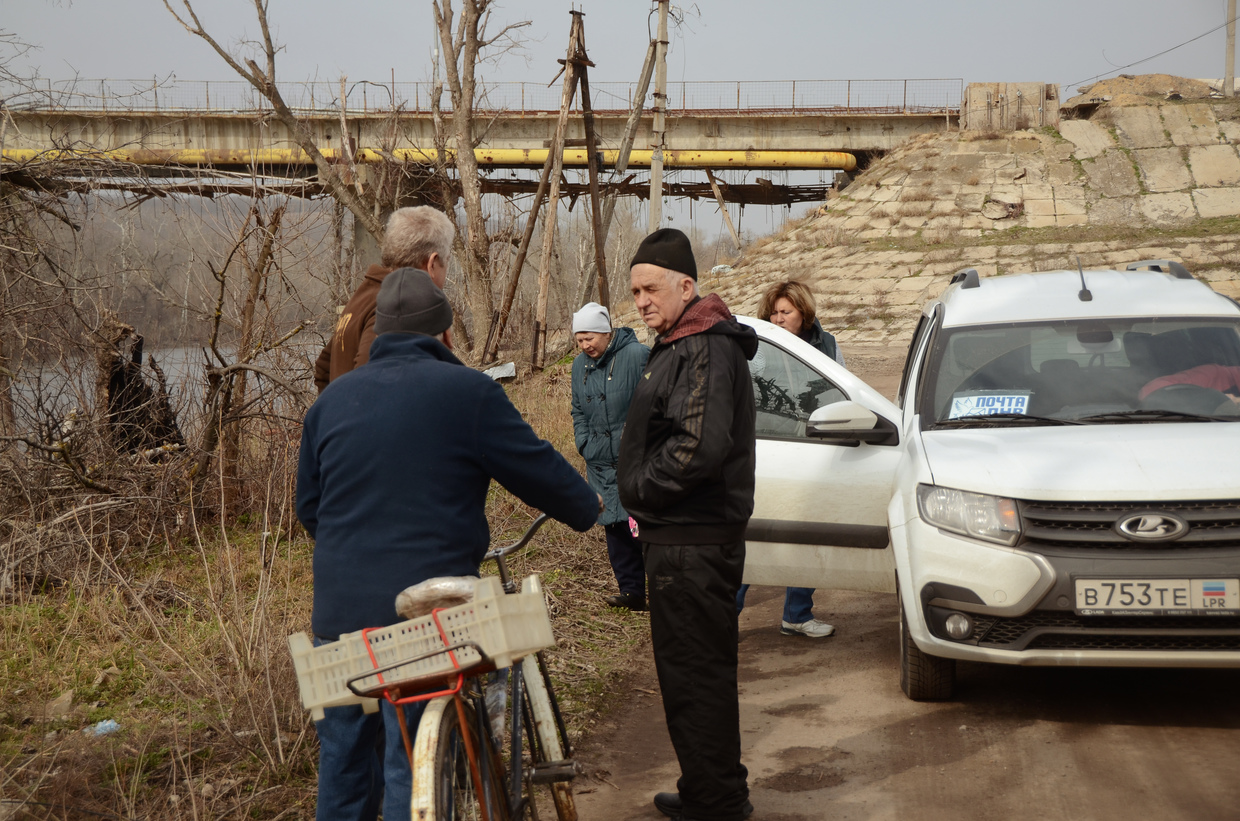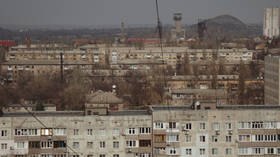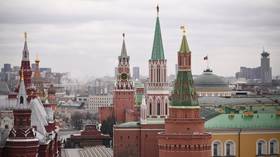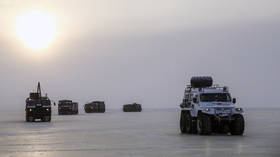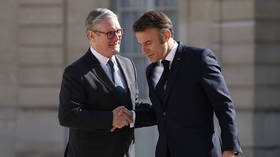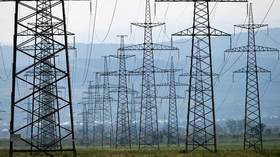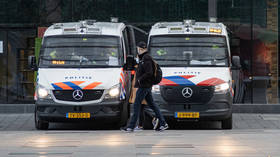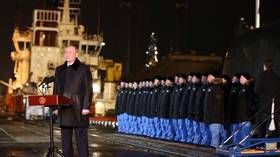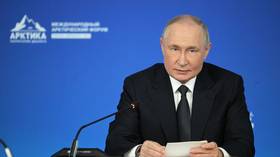“People came up to me crying and said, ‘we have nothing’”: LPR residents on the horrors of wartime
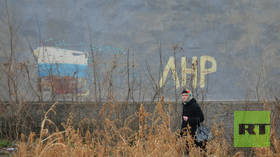
The Lugansk People's Republic (LPR) was the first former region of Ukraine to come under the full control of Russia. One year ago – on July 3, 2022 – Russian Defense Minister Sergey Shoigu announced that the Russian Armed Forces along with the units of the People's Militia of the LPR had established full control over the city of Lisichansk and several nearby settlements, including Belogorovka, Novodruzhesk, Maloryazantsevo, and Belaya Gora.
However, not all of the territory has remained under Russian control. Last fall, Ukraine recaptured several settlements on the border with Kharkov Region. The largest of these is the village of Makeyevka with a population of about 1,000 people.
Despite the ongoing fighting, people in the LPR are busy rebuilding their cities and towns. As the head of the LPR, Leonid Pasechnik, recently said, the events at the front “on the whole, do not particularly affect the restoration of the region.”
Find out more about present-day life in the Lugansk People's Republic in Angelina Latypova’s photo report for RT.
Lugansk
My journey through Donbass started in Lugansk – the city where time froze nine years ago. Unlike in Donetsk, things are peaceful around here. For the residents of Lugansk, the worst is over. Only dull artillery volleys occasionally sound from afar.
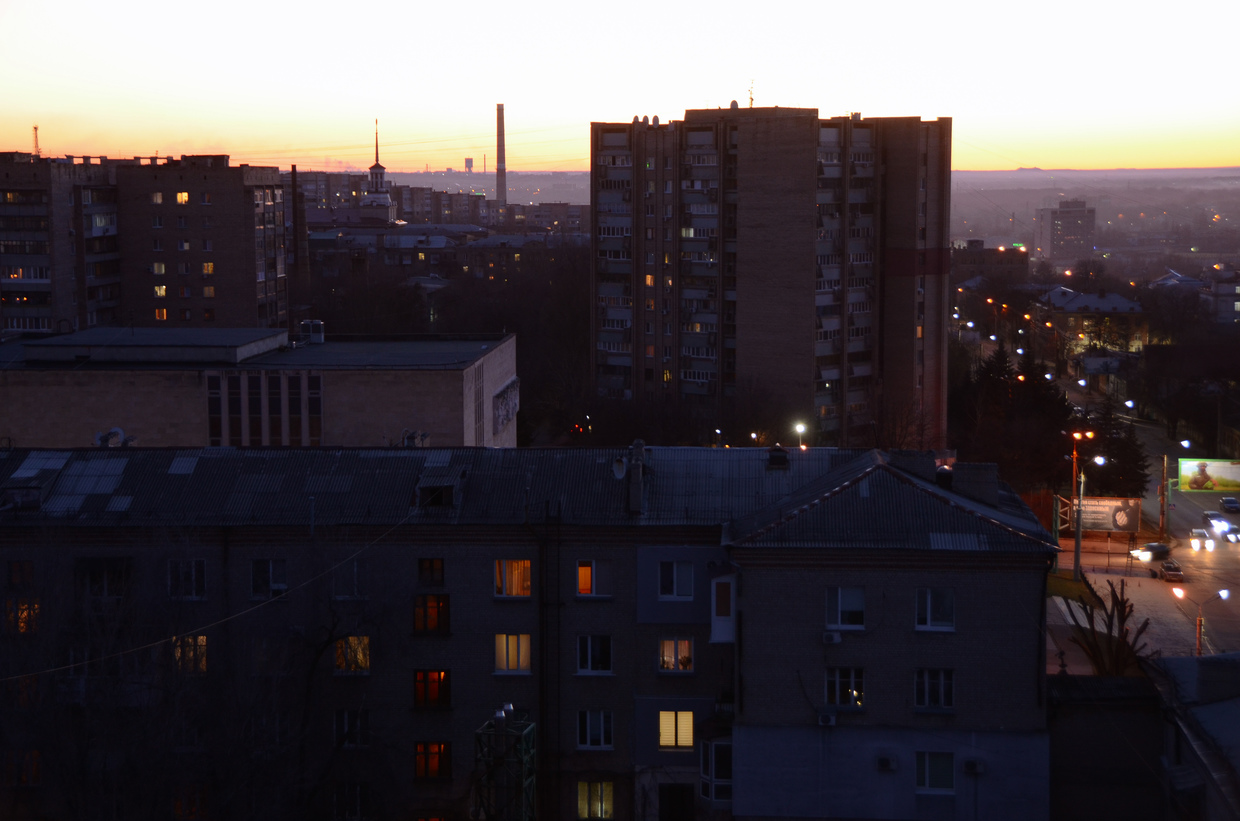
Locals still remember the blockade of the city, which occurred in the summer of 2014, with a shudder. Many talk about a “wandering” mortar gun that moved around the city during curfew hours and “terrified” local residents. As it turned out, the mortar was hidden in a garbage truck.
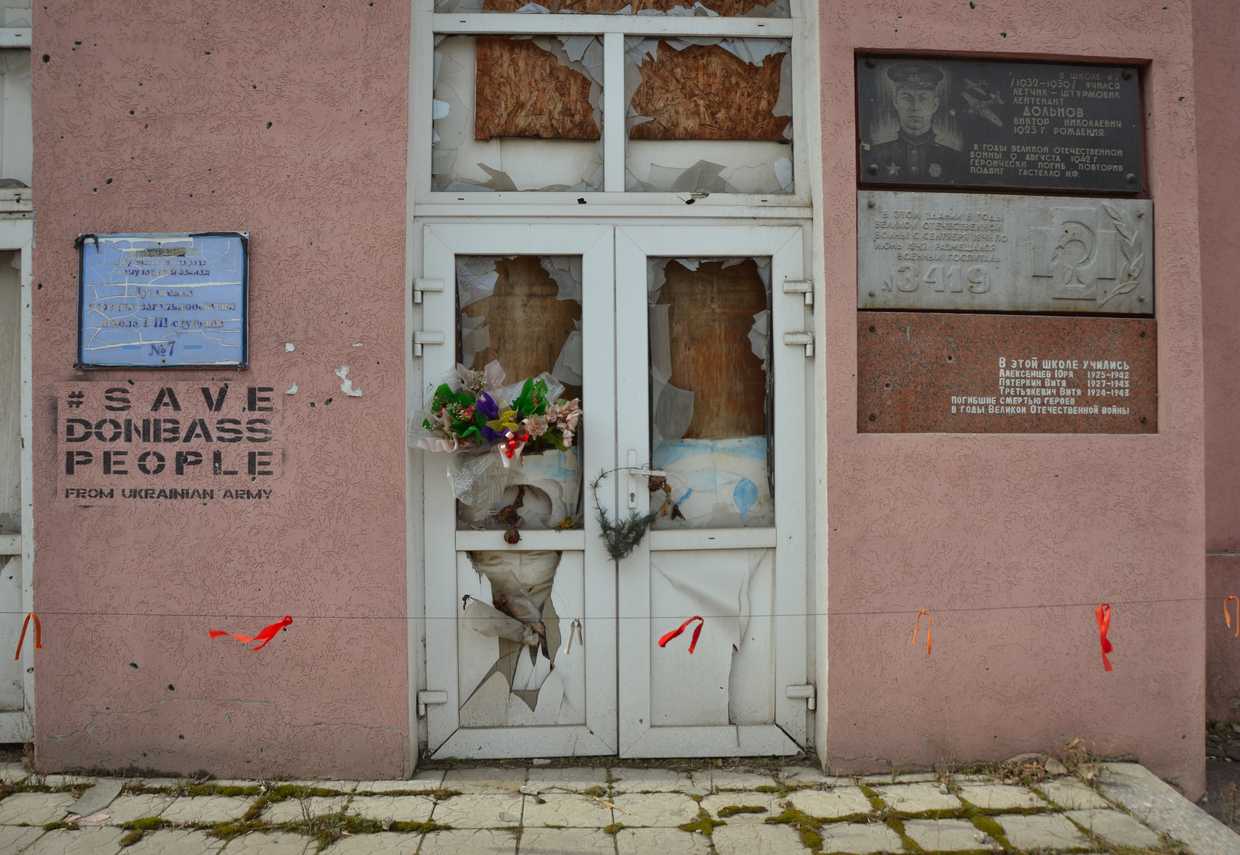
During Ukraine’s airstrikes on Lugansk in 2014, many people hid inside School No. 7. But after an attack on the school by the Armed Forces of Ukraine (AFU), the building caught fire. By that time, Lugansk was under blockade and there was no water in the city, so the fire could not be extinguished. The school had been in operation since 1927. As a result of the strike five people died, including a child.
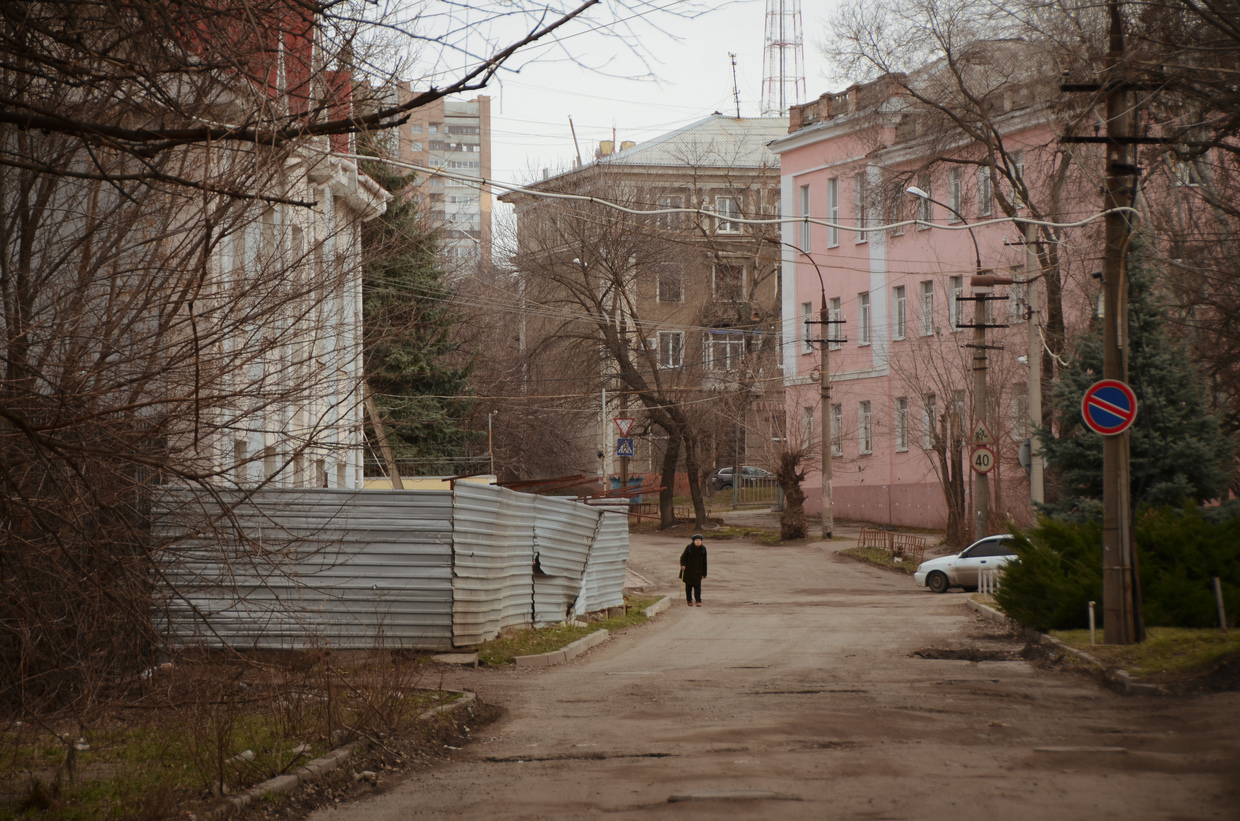
Alchevsk
Alchevsk is a town in the southwestern part of the LPR with a population of just over 100,000 people. Like Lugansk, this city ceased to be under Kiev's control back in 2014. Ksenia, a volunteer from Moscow who was born and raised in the city, showed me around.

Last year, Ksenia's son Rostislav died in Popasnaya. He was a citizen of the LPR and like his mother was born locally. When mobilization was announced, he volunteered to help his friends who had been fighting here since 2014.
On March 12, Ksenia was told that Rostislav had died. At first, she thought it was a mistake and went looking for her son in local hospitals. Eventually, however, the horrific news was confirmed.
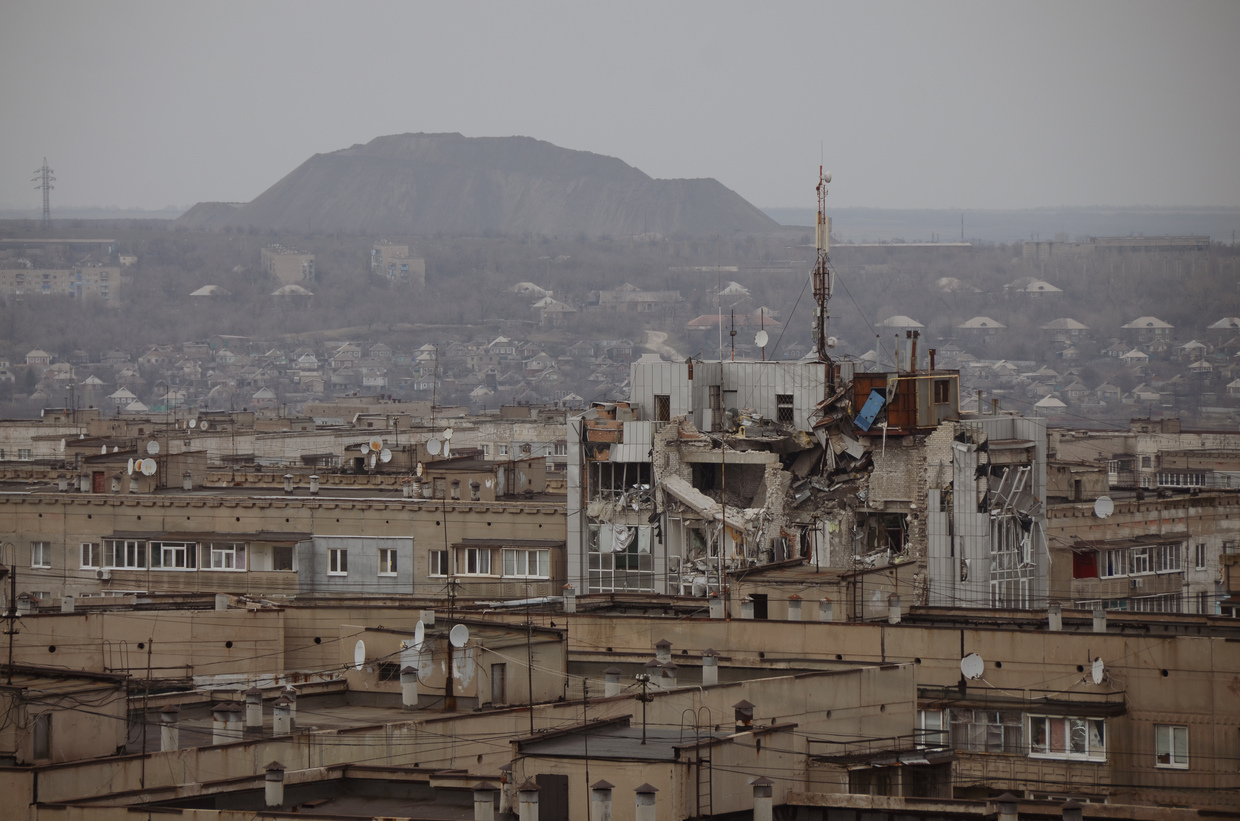
After the tragedy, Ksenia joined the Food of Life Foundation and went to help the residents in the settlement of Trekhizbenka in the LPR, where she was shocked to see the inhumane conditions the locals were left in after the retreat of the Ukrainian army.
“The Ukrainians deliberately destroy infrastructure so the people and territories we get are in awful condition. People didn’t have anything necessary for normal life, they came up to me crying and said, ‘We don’t have anything’. I couldn't stay indifferent and started helping.”
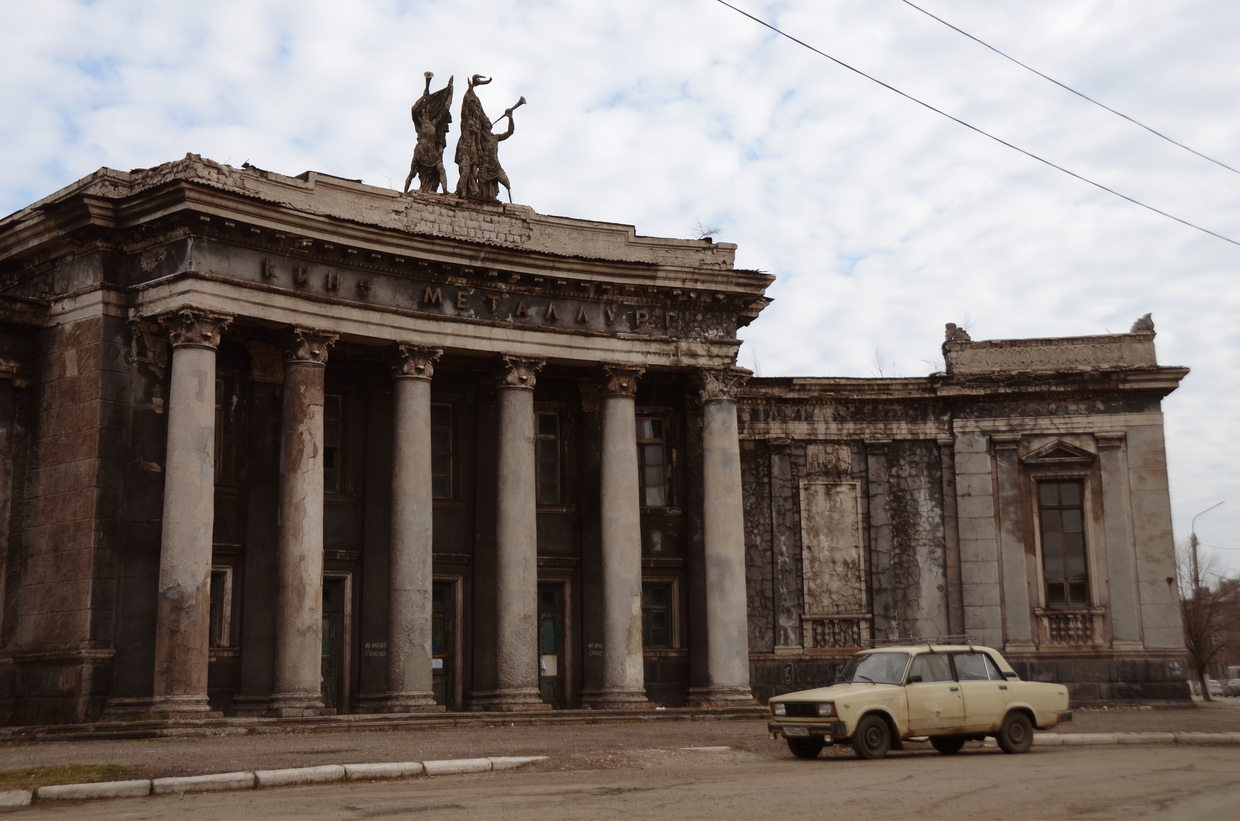
Along with her friends, Ksenia began collecting humanitarian aid for people in Trekhizbenka, Mariupol, and other cities affected by the fighting. At first, they distributed aid only to civilians but later started helping Russian soldiers as well.
Ksenia also looks after Donbass war veterans. We accompanied her on a visit to Nikolay Soldatenko, a veteran who volunteered to defend Donbass in 2014.
It's been three years since Nikolay stopped walking. On Border Guard Day, the Ukrainians ‘gifted’ his unit with a strike and he was hit in the spine by a shell fragment.
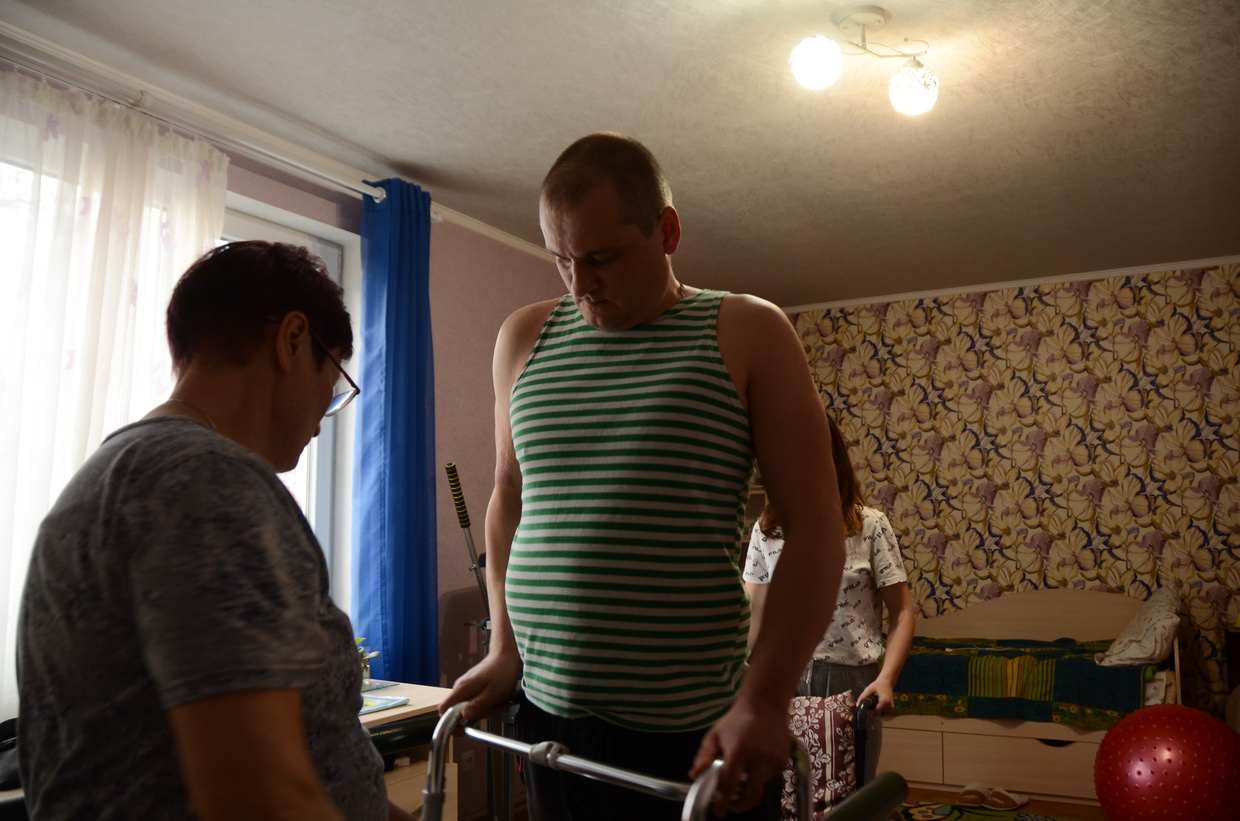
For a long time, he was completely immobile. Doctors from Lugansk said that he would never be able to walk again. However, thanks to specialists from Moscow, he is learning the process with the help of a mobility aid.
Nikolay comes from Yenakiyevo in the Donetsk People’s Republic, but he was working at a combine in Alchevsk when the fighting started in 2014.
“On April 6, the building of the Security Service of Ukraine in Lugansk was stormed. And then things went downhill from there. Though there had been clashes before that and there was fighting in Slaviansk, everyone hoped that things wouldn’t turn into a war. Russian language, Ukrainian language. I have never been against the Ukrainian language. But when they started talking about Bandera and telling us ‘there’s something wrong with you’, it all became clear. And when they attacked Lugansk, Stanitsa Luganskaya, and Kondrashevka, I had no doubt left.”
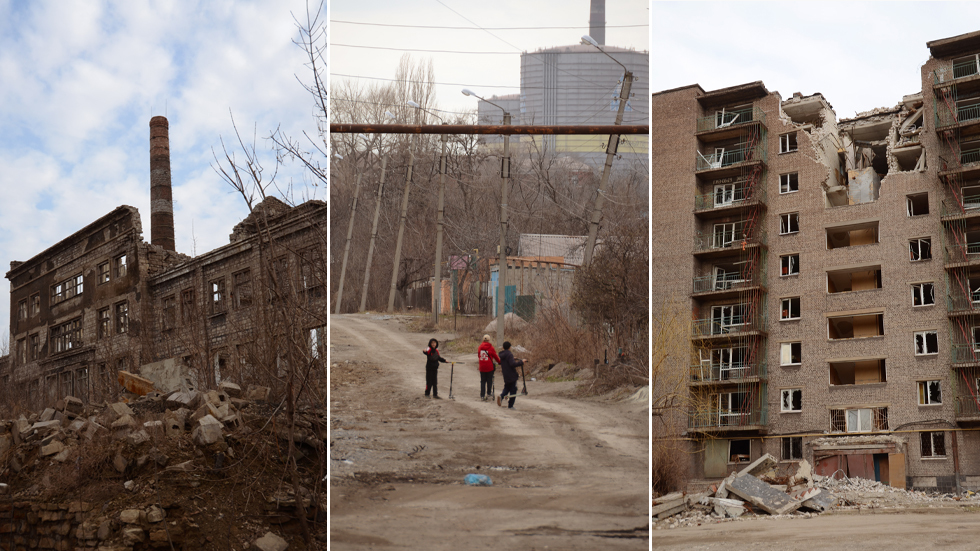
Many of Nikolay’s relatives and friends joined the local militia, and he followed their example. He says that most of the fighters were young men without any former military experience.
People like Nikolay were called “terrorists” and “separatists” by the Ukrainian authorities. Nikolay himself says that he went to fight for the sake of his children.
“I went to fight because I didn’t want my children to be taught the nonsense that children in Ukraine are now being taught. [I wanted] them to know that my grandfathers and great-grandfathers captured Berlin, they didn’t sit in the Transcarpathian woods and fight the Muscovites. I stood up against that.”
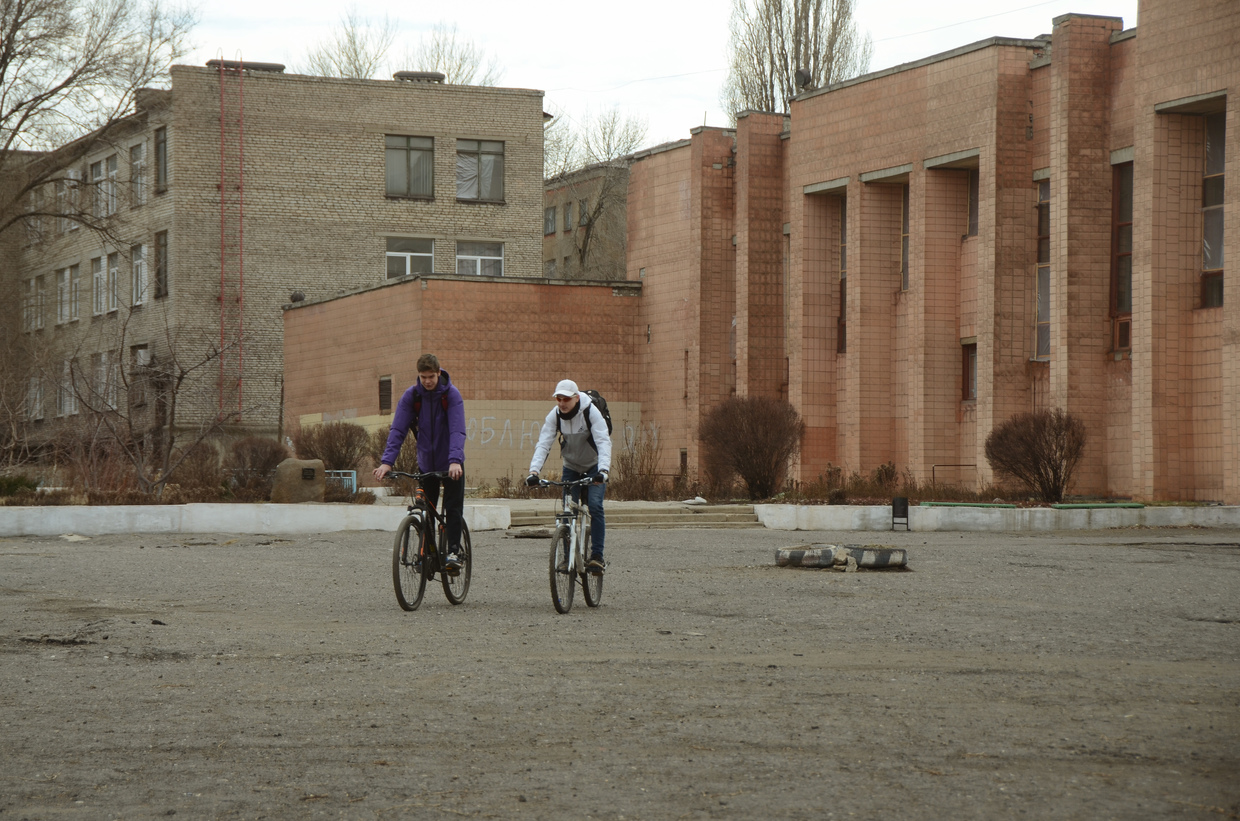
Following the Minsk I Agreement, the situation in the region didn’t change much – the Ukrainian side mostly didn’t observe the truce. Minsk II didn’t help much either. Nikolay says that the LPR had been expecting Russia’s help for a long time. Based on the Ukrainian army’s preparations, they knew that the forces of their own militia could not handle it.
“Now, people don’t just have hope, they are confident that we will not be abandoned. The status of the fighting has changed, and our status has changed – we are [part of] Russia, we are no longer called ‘self-proclaimed’, we have been recognized, we have been accepted.”
Severodonetsk
Unlike Lugansk and Alchevsk, Severodonetsk was under Ukrainian control from 2014 to 2022 and even served as an administrative center. After four months of fierce battles, Severodonetsk was completely liberated at the end of June 2022.
We spoke with a man who was carrying buckets of water through one of the city’s most devastated courtyards. As it turned out, he lived in the only apartment that had not been destroyed in this part of the building.
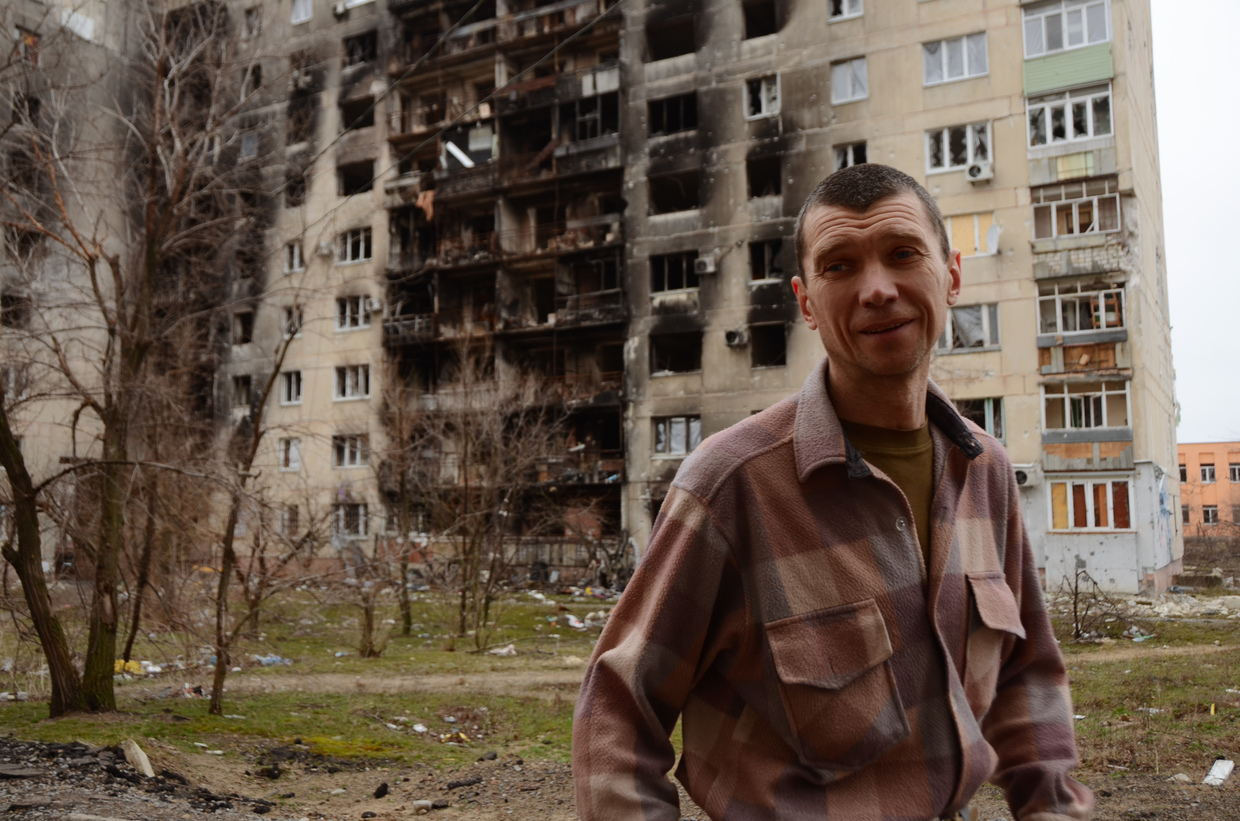
There is still no running water, so the man has to carry it home in buckets. He also restored electrical supply to his apartment and built a wood stove for heating. His family receives humanitarian aid from Russia every month.
For three months, Ukrainian tanks drove around the residential areas of Severodonetsk. The man says that the AFU used apartment buildings as firing points, and made use of basements and apartments for military needs. If they saw random people on the street, they killed them on the spot, he claimed.
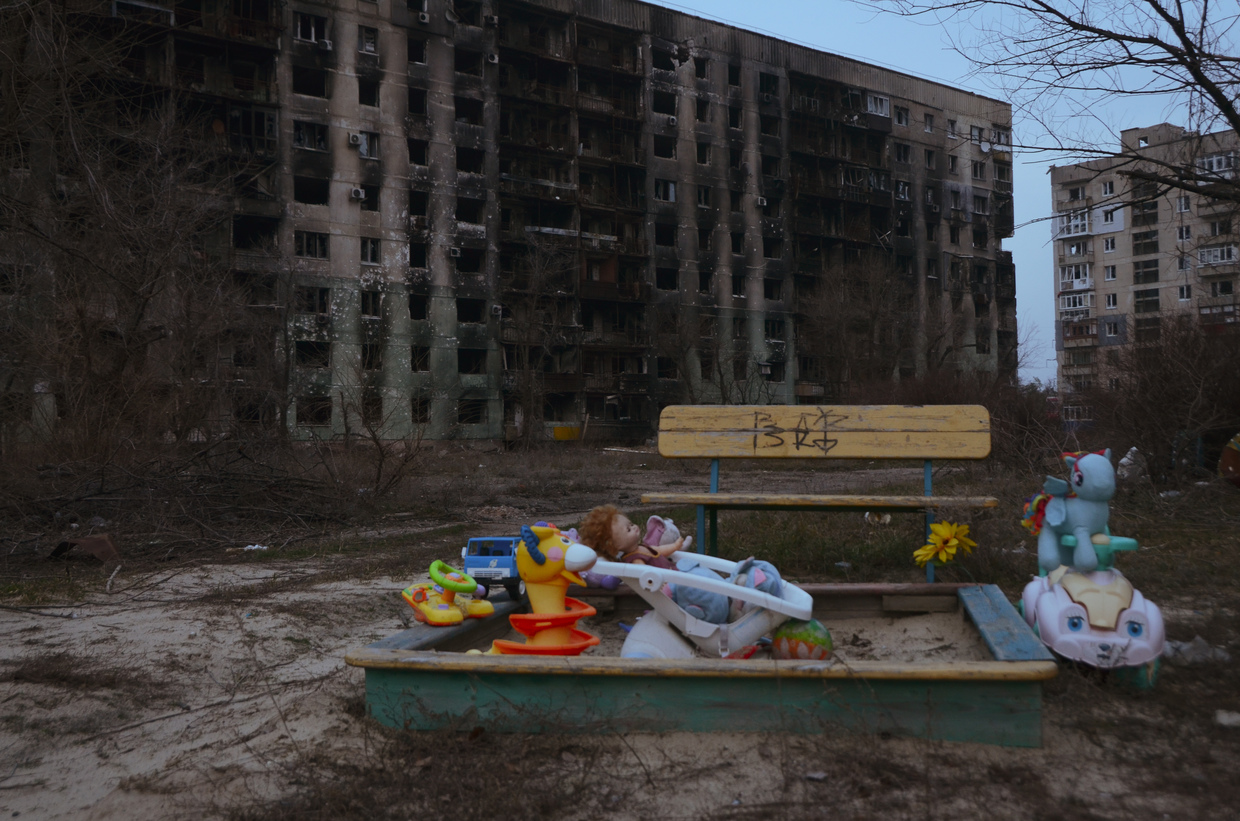
“On February 24, 15 Ukrainian tanks drove in. They started shooting so people would leave. Each floor [of the building] burned for 40 minutes. Then the next one, and the one after that. Everything was burned down,” the man says.

He said he watched the AFU from the window of his apartment located on the ninth floor. When his building was attacked by a tank, he “spread out his hands like Moses and started praying.” The tank then started firing at the eighth floor and his apartment was spared.
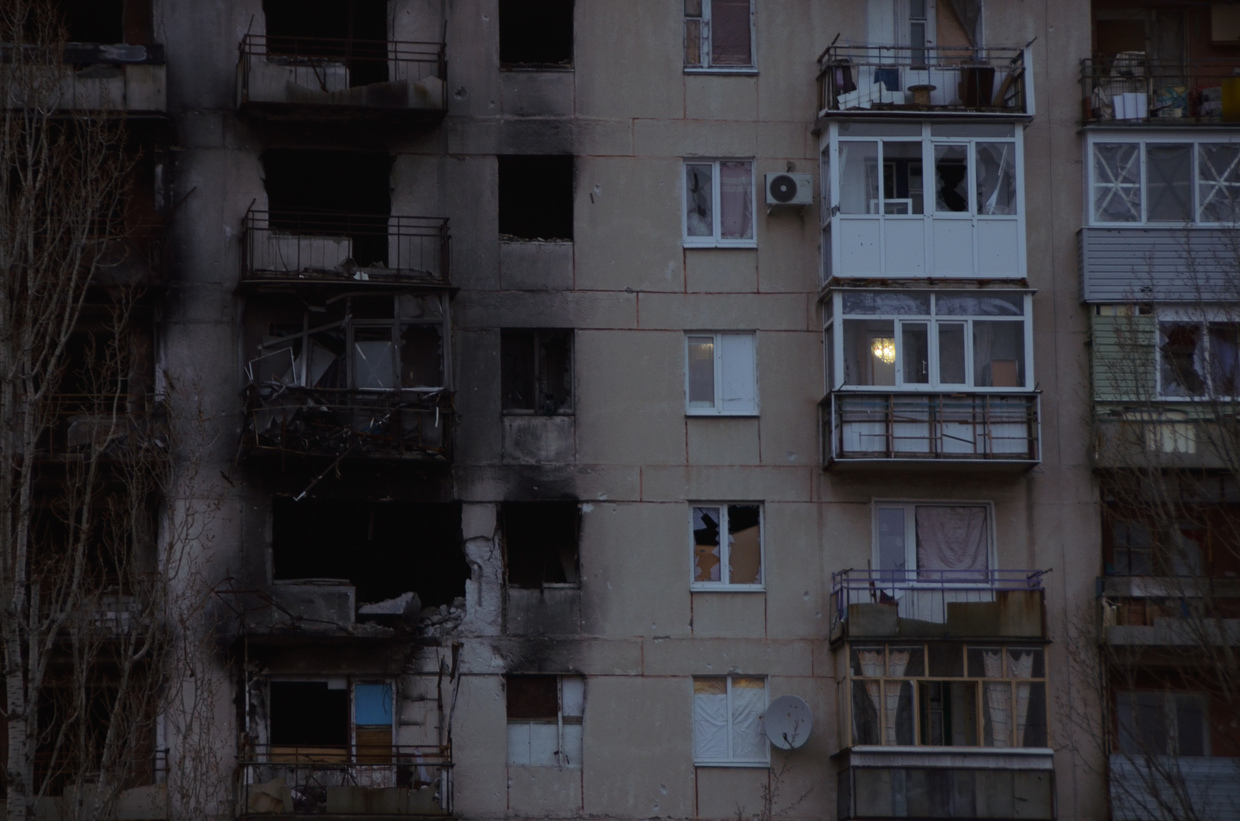
The kindergarten where the man used to work was also attacked by the AFU. He now visits disabled children in other cities of the Lugansk People’s Republic.

Sinetsky village
The village of Sinetsky is located between Severodonetsk and Lisichansk. The bridge across the Donets River at Sinetsky, which used to connect the two cities, was destroyed during the fighting. Here, we came across a cheerful dog. A nearby voice told us that this lucky canine had been pulled out from under the rubble.
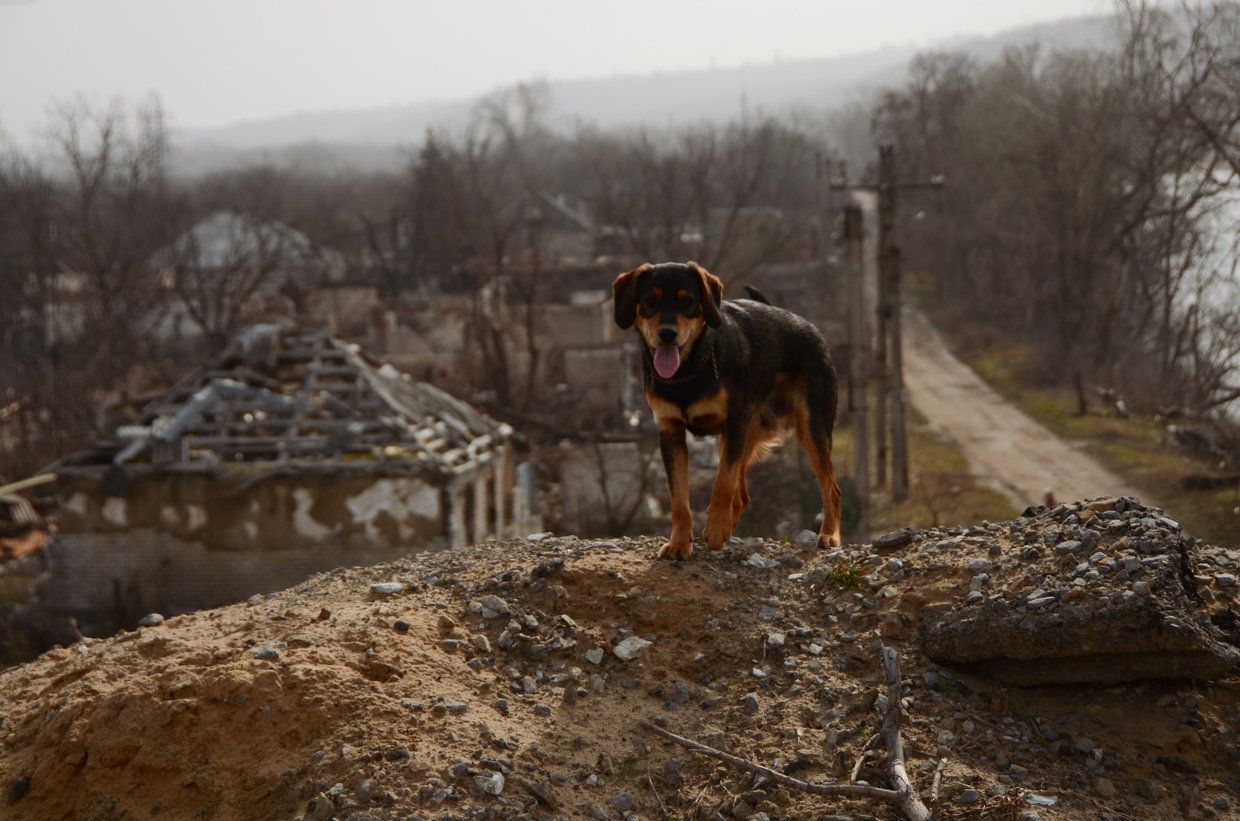
Soon, we got to know the dog’s owner, a young woman, who told us that she lives with her husband without gas and electricity and uses a campfire to cook food. They bring water from the Donets River.
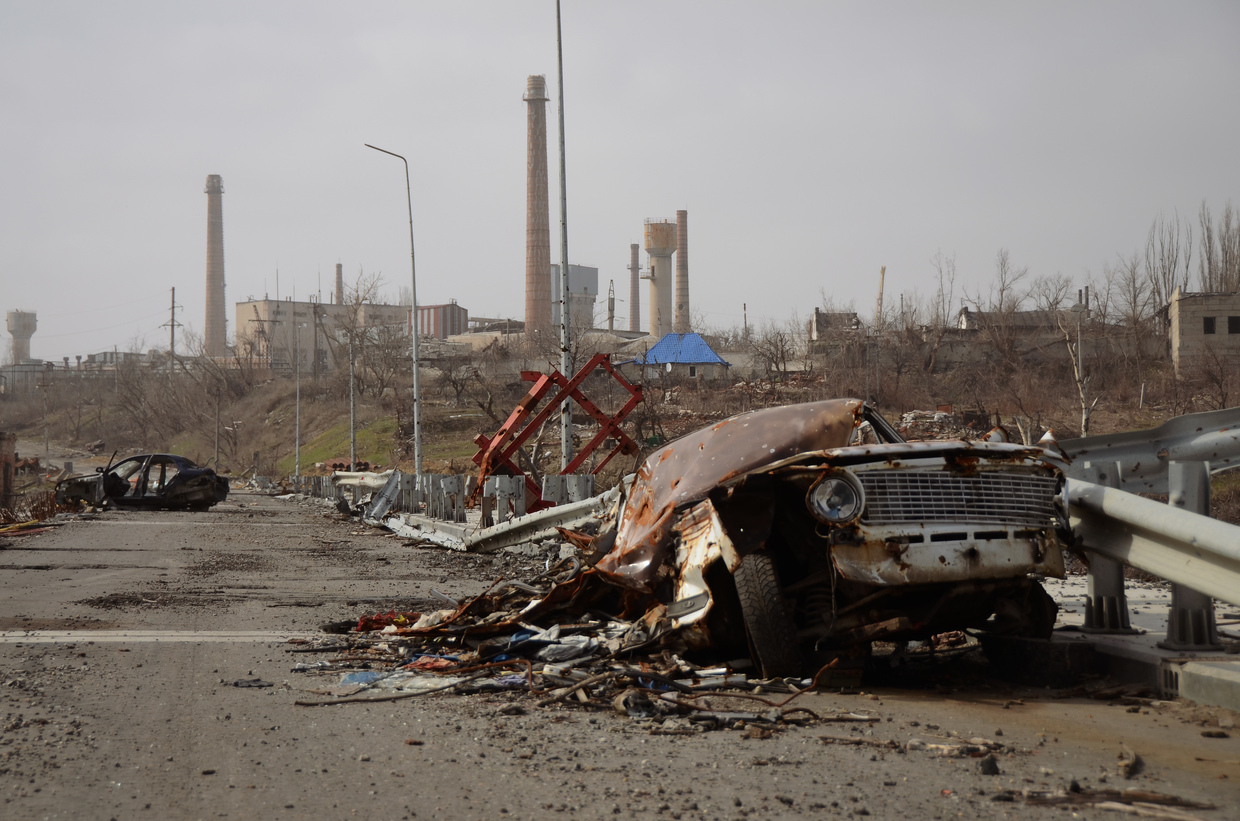
When the fighting began, the Ukrainian military forced the locals out of their homes so that AFU soldiers could hide in them.
“They went into people’s homes and turned everything upside down. There was nothing for them to take. These Banderites came over at 7 am and said: open the gates, let the dogs out, you’ve got until the evening to leave. But where can we go, who needs us? So we stayed here.”
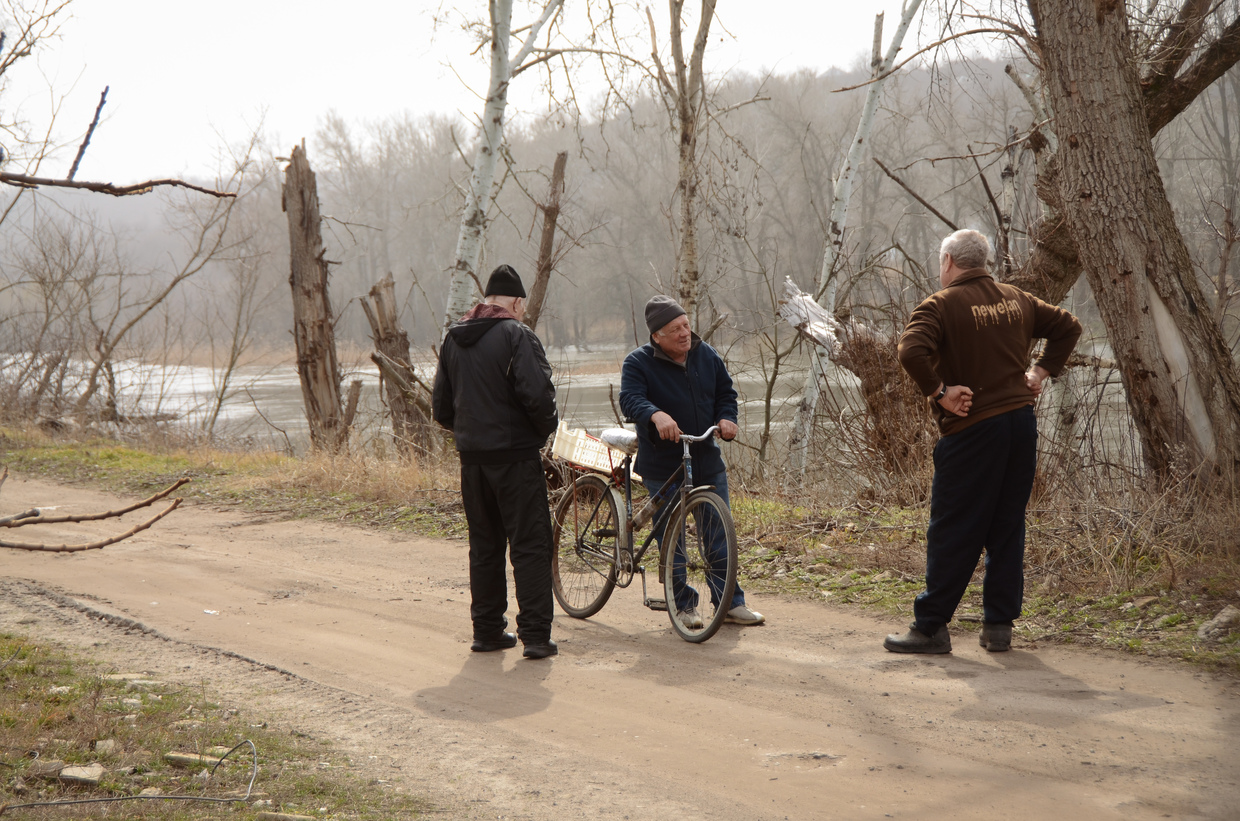
Village residents were forced to live in their basements for three months. Some elderly women recalled that when there was a break in artillery fire, they helped extinguish burning houses.
“We ran around and helped put out the fires. We got water from the Donets and put out fires while the Ukrainians kept ‘pounding’. But everyone’s friendly around here, we saved each other and helped one another.”
Once, the villagers claim, they almost died in a ‘mass grave’. After hiding in a basement for three months, one of their neighbors came out and was killed by a shell fragment. They say that he died in the arms of an elderly woman. Ten villagers were present at his funeral, and during the commemoration there was an artillery strike.

On June 26, 2022, the residents of Sinetsky were given a lease of life when LPR soldiers entered the city and brought humanitarian aid. A doctor from Voronezh now also regularly visits the village.
“We’ve got a 101-year-old woman here. She can’t walk. Where would I leave her? This is my mother-in-law. That’s why we didn't go anywhere. Fortunately, we could still wash clothes, we washed them in the Donets river. And now we remain here, waiting for our pensions.”
